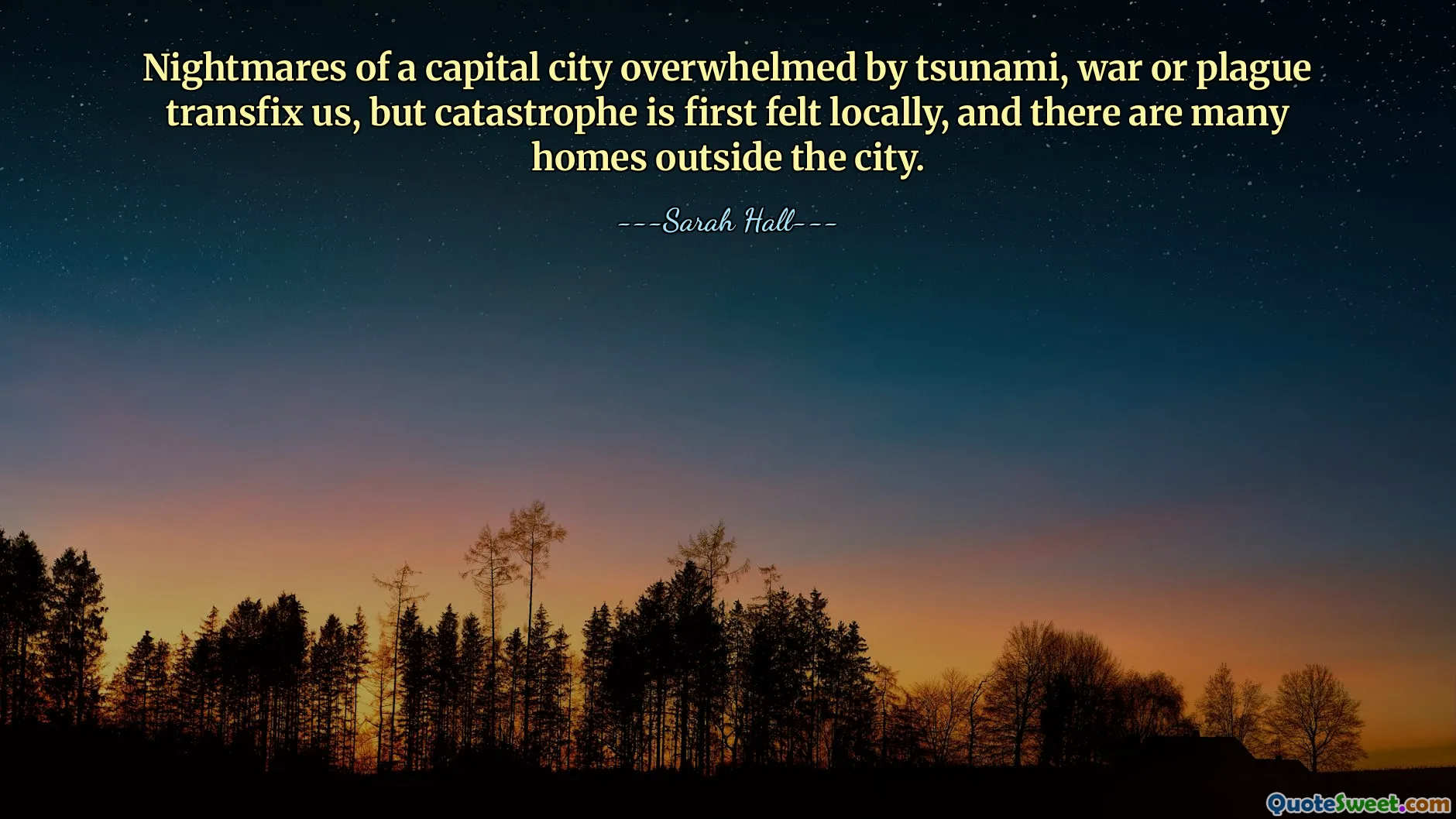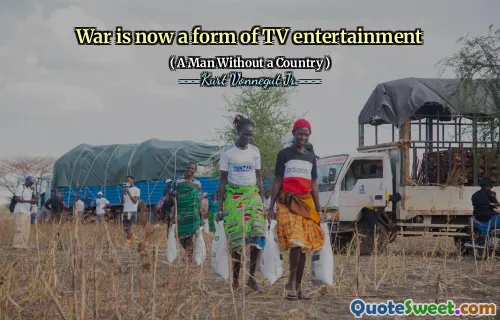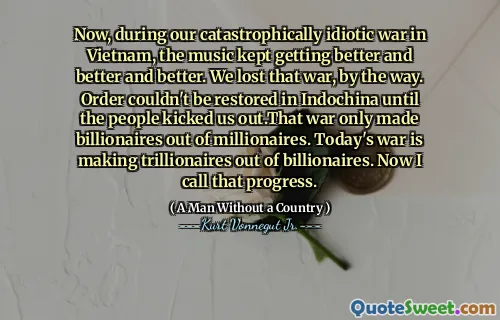
Nightmares of a capital city overwhelmed by tsunami, war or plague transfix us, but catastrophe is first felt locally, and there are many homes outside the city.
This quote poignantly captures the paradox of human perception and the often overlooked impact of disasters on the peripheries. When imagining catastrophic events such as tsunamis, wars, or plagues, our minds tend to focus on the most intense imagery associated with major urban centers—the chaos, the destruction, the headlines. Yet, beneath these dramatic scenes lies a profound truth: the earliest and most immediate suffering often occurs in quiet, unassuming homes outside the epicenters of turmoil. This awareness reminds us that crises are not confined to iconic locations but ripple outward, touching countless lives in subtler, more personal ways. It encourages a shift in perspective—comprehending that the devastation isn't only visible in the dramatic moments but also in the everyday struggles faced by individuals and families in remote or less prominent areas. Recognizing this layers our understanding of vulnerability, emphasizing that disaster preparedness and response should extend beyond cities, incorporating rural and suburban contexts. The quote also highlights the universality of human fragility; regardless of location or circumstance, the threat of catastrophe resonates internally in ways that often go unnoticed until it manifests directly in our own lives. Reflecting on this perspective fosters compassion and mindfulness towards those outside our immediate experience—prompting a broader sense of global interconnectedness and responsibility in facing crises.











